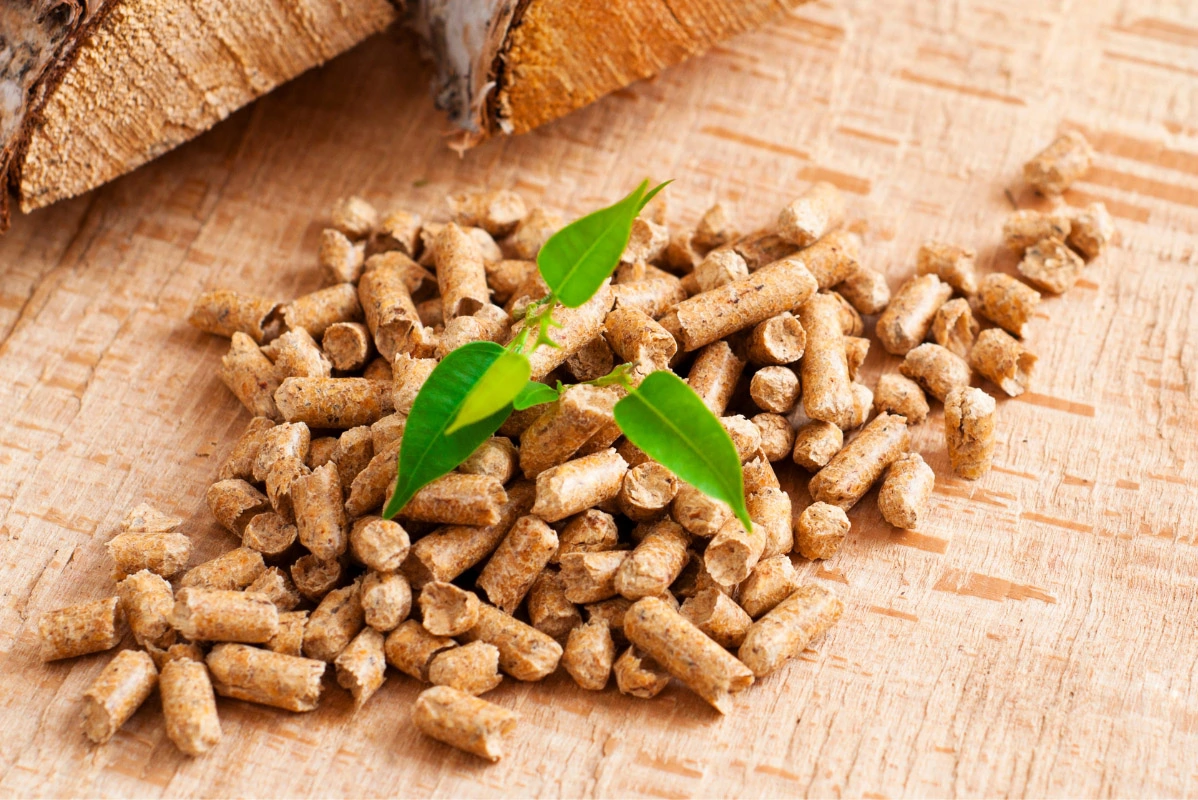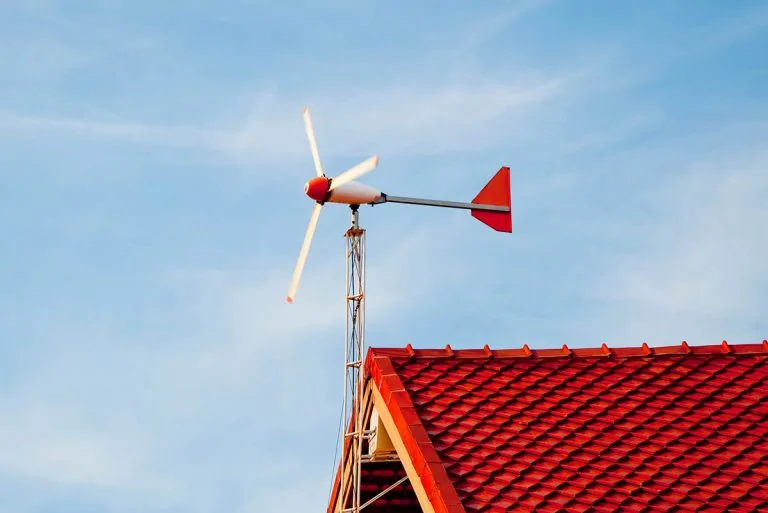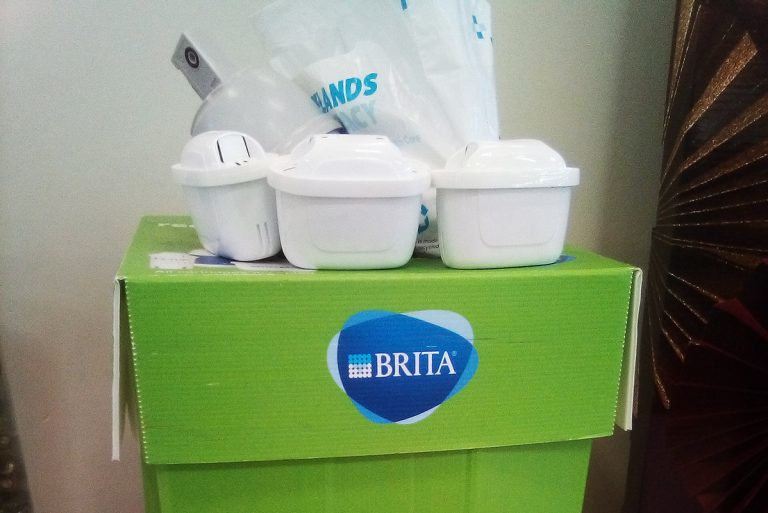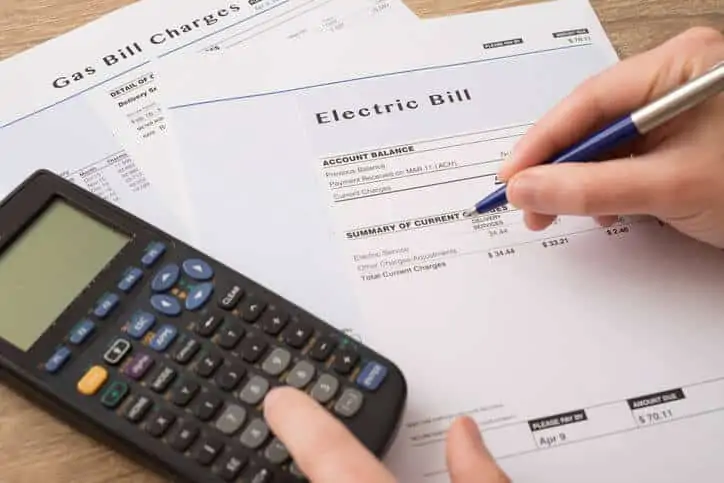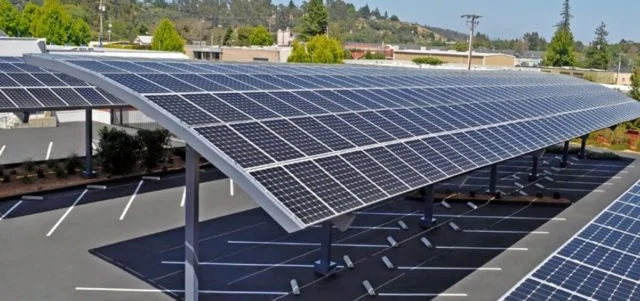In recent years, wood pellets have come to the fore as an eco-friendly fuel for generating heat and electricity for homes and industries. Governments and industry stakeholders believe wood pellets are a more affordable and sustainable alternative to non-renewables like coal and gas, even burning them in bulk to generate electricity.
A variety of public-private partnership initiatives incentivize the use of wood pellets as a fuel source, but are wood pellets really as eco-friendly as stakeholders claim?
In this article, we take a closer look at wood pellets, their production, energy efficiency, and sustainability to answer the question, are wood pellets green?
What are wood pellets?
Wood pellets are a type of biomass fuel made from compressed untreated lumber byproducts like shavings, chips, and sawdust. The wood used in wood chips is usually industrial waste from the lumber milling industry, furniture manufacture, or construction, though virgin wood is increasingly used to create pellets for burning.

Wood pellets are created in large volumes by compacting wood waste in a hammer mill, then forcing the massed wood through a die hole to create a sausage-like pellet of the required dimensions. As the pellets are extruded, the lignin in the wood heats up and bonds the pellet constituents together for easy transport, handling, and storage.
Wood pellets are a renewable energy resource
Wood pellets are considered to be renewable because the wood used to create them can be replaced by planting young, fast-growing trees. Pellets use large amounts of the woody waste that the lumber and manufacturing sectors generate, along with leftover virgin wood from coppicing and land management.
The energy efficiency of wood pellets
Wood pellets are energy efficient compared to other biomass sources like animal manure, biomass crops, and chemical recovery fuels (biodiesel). This is because many biomass fuels contain a lot of moisture that increases the weight and bulk of the fuel but deteriorates its combustion performance.
Wood pellets enhance their energy efficiency by being exceptionally dry. Most commercially used pellets have a moisture content of 10% or less. The pellets are made by condensing wood chips and flakes under high heat and pressure to make an energy-dense pellet that burns drier and hotter. The addition of natural binders like starch that hold the wood chips together.
Each tonne of wood pellets has an energy content of 4.6–5.1 MWh/ton with a combustion efficiency of up to 85%. This is equivalent to:
- 500 liters of heating oil (enough to heat the average family home for up to six months)
- 170 gallons of propane (enough to meet the needs of a 500 sq foot home for over 200 days)
- 16,000 feet of natural gas
- 4,775 kWH of electricity
The pellets are uniform and their energy density is high with predictable energy release, unlike the much lower and variable energy density of biomass or solid wood.
How are wood pellets used?
Wood pellets are a versatile fuel source for both consumer and industry use. Here are the main uses of wood pellets:
1. Domestic heating and cooking
People use wood pellets in domestic wood pellet-burning stoves and furnaces for home heating and cooking. Manufacturers design these stoves to cope with the high temperatures of wood pellets. The energy density of wood pellets makes them great value for money. When used correctly, these stoves produce very little smoke because of the efficient combustion of the pellets.
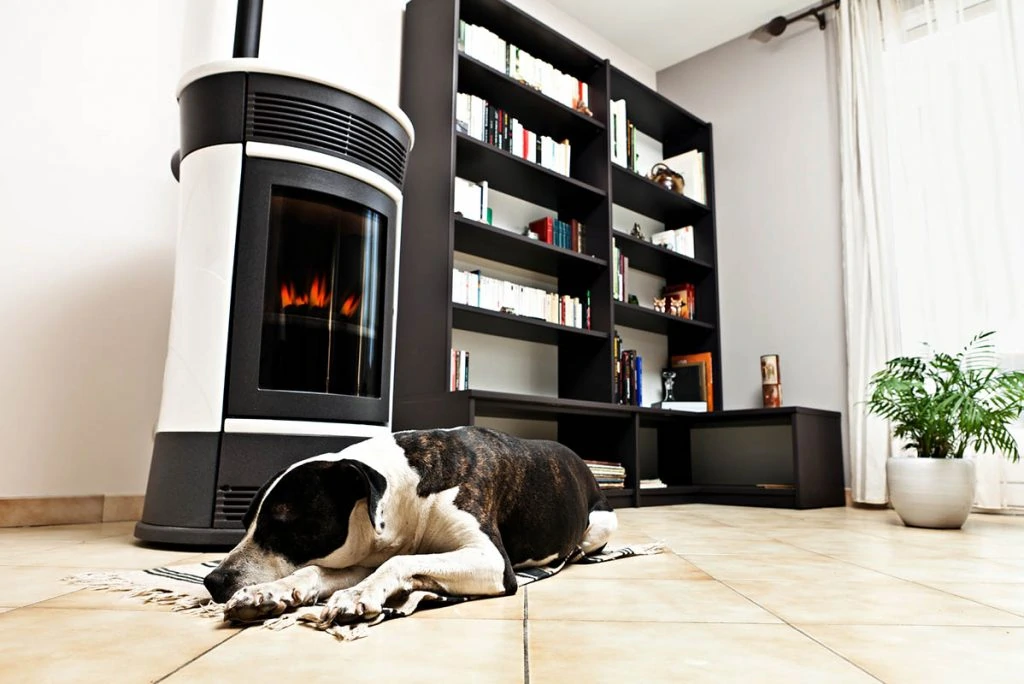
2. Power plants
Renewable power stations use wood pellets as a sustainable fuel for generating electricity for the grid. A notable example is the UK’s Drax power station, one of the largest in Europe, which was converted from burning coal to using wood pellets imported from the US.
Drax power station burns 7 million tonnes of wood pellets annually to generate up to 5% of the UK’s electricity.

Source: Wikimedia / Paul Glazzard
3. Industry
Wood pellets are being adopted as an alternative energy source for industry. Wood pellets can run industrial boilers for generating heat or electricity for industrial processes. Businesses are keen to use wood pellets because of their high burning efficiency, lower carbon emissions, and easy handling and storage of the resource.
Why are wood pellets considered ‘green’?
The European Union is one of the primary advocates for wood pellets being a green energy solution. This is baked into the 2015 Paris Climate Agreement which states that the burning of trees to generate heat and electricity is carbon-neutral if new trees are planted to replace the trees that are used.
Trees are considered a valuable carbon sink, and the planted forests will help remove the CO2 generated by burning from the atmosphere.
But are wood biomass pellets really ‘green’?
The push for the widespread adoption of wood pellets as a leading fuel source is controversial. Governments who are keen to present wood pellets as a viable renewable alternative to coal and gas have highly incentivized wood pellets.
The apparent energy efficiency, low emissions, and sustainability of wood pellets make them attractive to industry stakeholders and consumers. Wood pellets also have the potential to open up new commercial opportunities based on the production and processing of the pellets. But scientists are divided on whether or not wood pellets provide a net environmental benefit.
Burning wood pellets still produces air pollution
Though burning wood pellets does not generate the same amount of carbon dioxide, sulfur, mercury, and other unwanted emissions as coal, the pellet-burning power stations are still polluting in real-time. Even with the offset of planting new trees, burning wood pellets can still breach emissions limits and harm the health of surrounding communities.

The production of wood pellets is energy intensive
Closer examination of the production of wood pellets reveals it is an industrial process that consumes a lot of energy. Here are some of the most energy-intensive aspects of processing wood into wood pellets:
- Debarking and washing the wood (factories can also use stripped bark as an energy source)
- Drying the wood with gas dryers
- Processing hardwoods rather than pine for the pellets
- Running pellet presses
- Pressing the pellets down to a 6 to 8 mm diameter using a 500 horsepower press
Export and transportation of wood pellets add to the CO2 footprint
Wood pellets clock up extensive mileage after manufacturing, using road rail and sea to reach the end user. Transportation, loading, and unloading of the wood chips consume fuel and add to the CO2 emissions across the lifetime of the pellets.
Sea transportation has variable but noteworthy energy and CO2 costs, especially if the pellets are being transported between continents.

Source: Wikimedia / EnergieAgentur.NRW
The use of virgin wood is controversial
The sources of wood for pellets have included trees specifically cut down for pelleting. This is in contrast to pellets made from wood scraps or treetops, underbrush and smaller branches left over from logging. Drax has been accused of procuring logging licenses to harvest wood from environmentally important forests in British Columbia.
Wood pellets are only renewable if fast-growing trees are replanted
A critical aspect of the sustainability model for burning wood pellets is the replenishment of forestry resources by fast-growing trees. The trees are essential to offset the carbon footprint from burning the wood pellets.
But the replacement trees used on plantations are not always fast-growing species that can quickly mature into a carbon sink. There is also the issue of privately owned forests and plantations potentially being sold off for development in future with the loss of planted trees.

Wood pellets are heavily subsidized
One of the most important considerations is that the wood pellet industry is heavily subsidized by governments in the US, UK, and EU. The favorable legislation and funding have made wood pellets able to compete with non-renewables, despite their high processing and import/export costs.
In the EU, wood pellets are seen as a solution for meeting the Renewable Energy Directive target of 20% of energy sources used across the continent being renewable. The pellets are also seen as a cost-effective way to bring down greenhouse gas emissions, even though the pellets are not emissions-free.
In response to the funding, a range of business interests have invested in building pellet plants and forestry resources for the wood to be used. However, the political interests in making wood pellets ‘work’ may do so at the expense of its long-term viability.
Rounding up
As you can see, the use of wood pellets as a sustainable fuel source is controversial. Scientists have carefully modeled the sustainability case for wood pellets but many variables are involved, not least the replanting and ongoing maintenance of forestry resources.
But, without this carefully balanced model, burning wood pellets is just as green as burning anything else.

